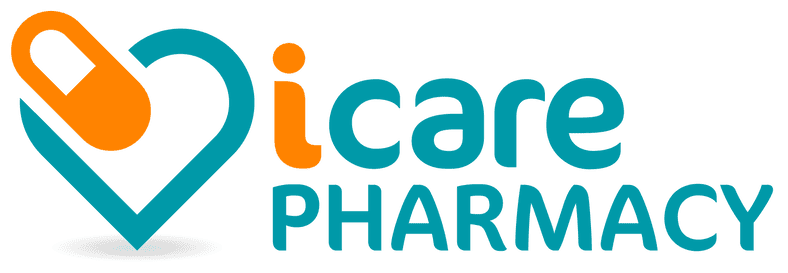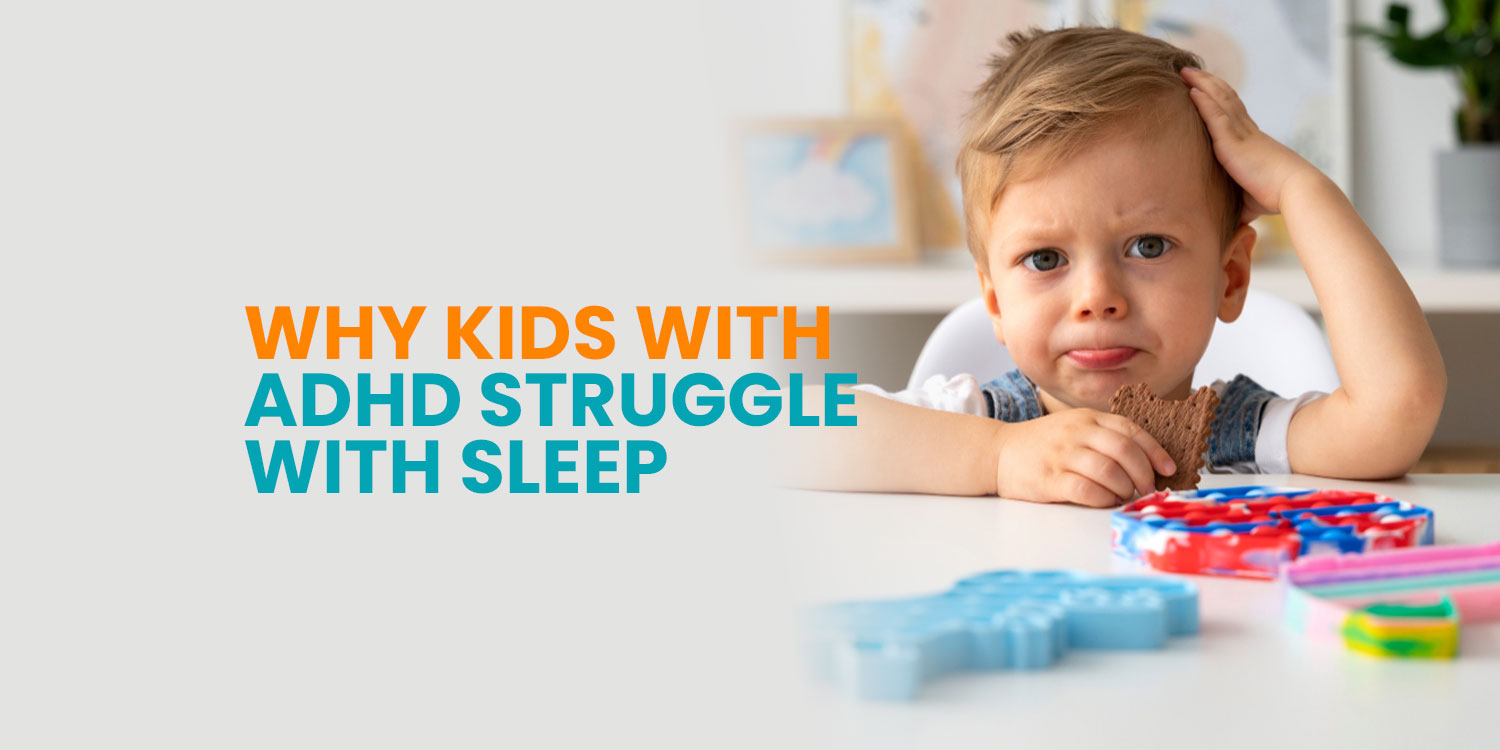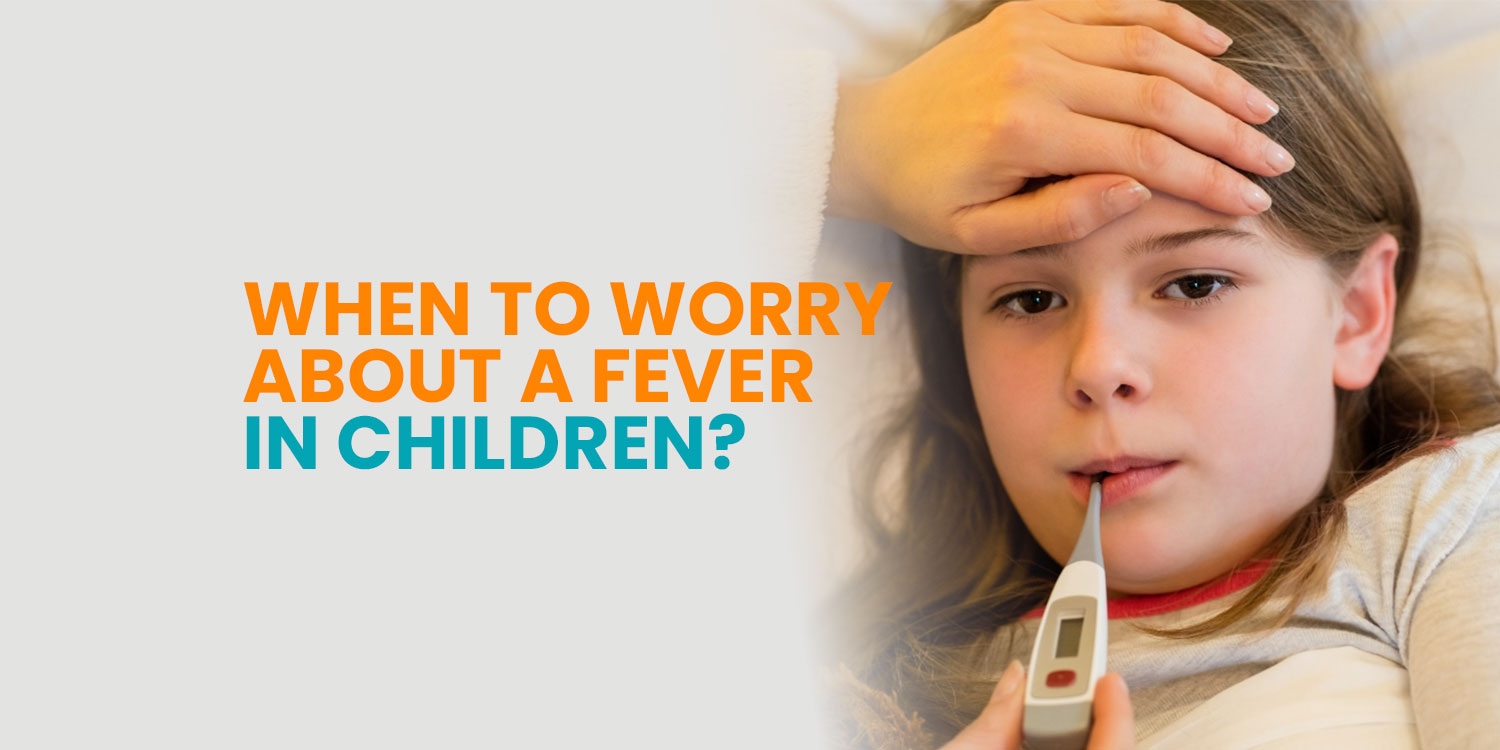How Over-the-Counter Medications Like Sudafed Can Overwork Your Heart
When you have a stuffy nose and sinus pressure, reaching for an over-the-counter (OTC) decongestant like Sudafed (pseudoephedrine) may seem like a simple solution. However, many people don’t realize that some OTC medications can significantly impact the heart, especially in individuals with underlying cardiovascular conditions (U.S. Food and Drug Administration [FDA], 2022).
How Decongestants Like Sudafed Work
Sudafed contains pseudoephedrine, a sympathomimetic drug that works by constricting blood vessels in the nasal passages, thereby reducing swelling and congestion. However, this vasoconstrictive effect isn’t limited to the nose—it affects blood vessels throughout the body, including those associated with the heart (Mayo Clinic, 2023).

The Impact on the Heart
Increased Blood Pressure
Pseudoephedrine induces systemic vasoconstriction, which can elevate blood pressure. For people with hypertension, this effect can be harmful, placing extra strain on the cardiovascular system and increasing the likelihood of adverse events such as heart attacks or strokes (American Heart Association [AHA], 2023).
Increased Heart Rate
Because pseudoephedrine is a stimulant, it may increase heart rate, leading to palpitations or arrhythmias—particularly in those with pre-existing heart conditions (FDA, 2022). In rare cases, this can result in dangerous heart rhythm abnormalities that require medical intervention.
Higher Risk of Heart Attacks or Strokes
The increased workload on the heart and the rise in blood pressure may lead to serious cardiovascular events such as heart attacks or strokes. This risk is especially pronounced in older adults or individuals with pre-existing cardiovascular disease (AHA, 2023).
Potential for Cardiac Overload
In people with congestive heart failure (CHF), pseudoephedrine can exacerbate symptoms by increasing fluid retention and heart workload. This can lead to shortness of breath, chest pain, or fatigue (National Institutes of Health [NIH], 2021)

Who Should Be Cautious?
- Individuals with hypertension
- People with heart disease or a history of myocardial infarctions
- Those with arrhythmias
- Anyone diagnosed with CHF
- Older adults, who may be more sensitive to stimulants

Safer Alternatives for Congestion
If you have cardiovascular concerns, consider these safer options:
- Saline Nasal Sprays: These flush out allergens and mucus without affecting heart function (Mayo Clinic, 2023).
- Non-Drowsy Antihistamines: Medications such as loratadine (Claritin) or fexofenadine (Allegra) can treat allergy-related congestion without raising blood pressure.
- Steam Therapy: Inhalation of warm steam or a hot shower can naturally ease nasal congestion.
- Nasal Steroids: Intranasal corticosteroids like fluticasone (Flonase) or budesonide (Rhinocort) reduce nasal inflammation safely for people with heart conditions (NIH, 2021).

Final Thoughts
While decongestants like Sudafed are effective at relieving nasal congestion, they are not always safe for those with cardiovascular conditions. If you have heart-related health concerns, consult your healthcare provider before using any decongestant. Choosing heart-safe alternatives can help relieve symptoms without putting unnecessary strain on your cardiovascular system.
If you are ever unsure about whether a medication is appropriate for you, ask your pharmacist or doctor—they can help you find safer options tailored to your health needs.
References
American Heart Association. (2023). Medications that can raise blood pressure. https://www.heart.org/en/health-topics/high-blood-pressure/changes-you-can-make-to-manage-high-blood-pressure/medications-that-can-raise-your-blood-pressure
Mayo Clinic. (2023). Pseudoephedrine (oral route). https://www.mayoclinic.org/drugs-supplements/pseudoephedrine-oral-route/description/drg-20068714
National Institutes of Health. (2021). Pseudoephedrine. MedlinePlus. https://medlineplus.gov/druginfo/meds/a682619.html
Epstein, L. J., Kristo, D., Strollo, P. J., Friedman, N., Malhotra, A., Patil, S. P., … & Weinstein, M. D. (2009). Clinical guideline for the evaluation, management and long-term care of obstructive sleep apnea in adults. Journal of Clinical Sleep Medicine, 5(3), 263–276. https://doi.org/10.5664/jcsm.27497
Krieger, J. (2000). Nasal obstruction and sleep-disordered breathing: The nose and OSA. Sleep Medicine Reviews, 4(5), 379–390. https://doi.org/10.1053/smrv.2000.0119
Oksenberg, A., Arons, E., Nasser, K., & Radwan, H. (2000). The effect of body posture on sleep-related breathing disorders: Facts and therapeutic implications. Sleep Medicine Reviews, 4(5), 385–401. https://doi.org/10.1053/smrv.2000.0121
Peppard, P. E., Young, T., Palta, M., Dempsey, J., & Skatrud, J. (2000). Longitudinal study of moderate weight change and sleep-disordered breathing. JAMA, 284(23), 3015–3021. https://doi.org/10.1001/jama.284.23.3015
Yucesoy, B., Yilmaz, A., Yilmaz, D., & Kaya, S. (2015). Effect of smoking on sleep-disordered breathing in a sleep clinic population. Journal of Clinical Sleep Medicine, 11(6), 637–642. https://doi.org/10.5664/jcsm.4778




